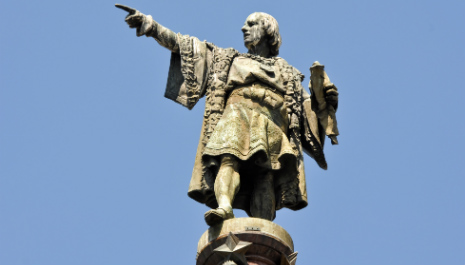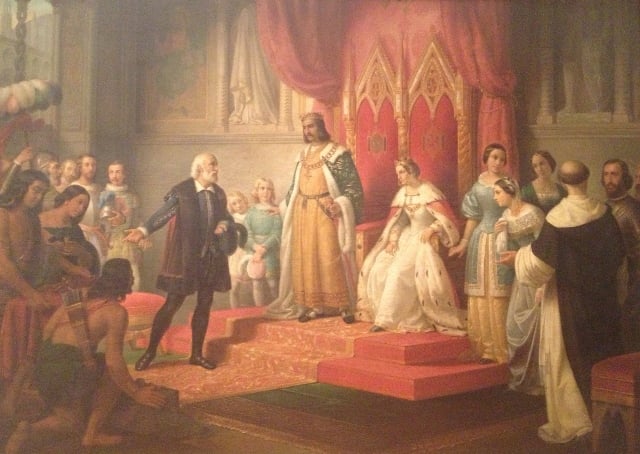The letter, written on April 29, 1498 by Columbus to his son Diego, was being put up for auction by a foundation run by the House of Alba, one of Spain's noblest and richest families.
A Madrid High Court ruled in favour of a ban on sending the letter out of the country after the culture ministry opposed the sale on the ground that it was an invaluable and intrinsic part of Spain's cultural heritage, a decision which the Alba Foundation challenged in court.
The Foundation had argued that it would use the proceeds of the sale to help preserve the rest of its collection.
It said it had chosen this letter, among the 21 Columbus letters in its hands, as it had "the least historical value."
British auction house Christie's said the letter had "an individualised content" and that it "cannot be considered one of the most important."
The House of Alba is now headed by Carlos Martínez de Irujo, after the death of his flamboyant billionaire mother María del Rosario Cayetana Fitz-James Stuart y Silva in November aged 88.
She was the world's most titled person and the owner of a string of fabulous palaces and priceless works of art.




 Please whitelist us to continue reading.
Please whitelist us to continue reading.